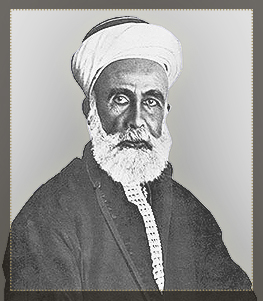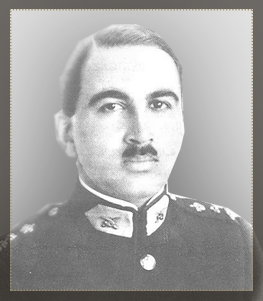
The morning of 10 June 1916 was a day marked in history books, embodying Arab determination to achieve their sought-after aspirations.
Before the dawn of this day, Sharif Hussein bin Ali fired the first shot to signal the start of the Great Arab Revolt against the rule of the Committee of Union and Progress, with the aim of achieving unity, liberty and a better life. The Revolt was about change and awakening as well as ending and erasing the results of four centuries of regression, decline and weakness in the spirit of the nation, signalling a restoration of the Arab spirit’s identity and sovereignty.
The Revolt led to the successful liberation of Hijaz, Transjordan, Palestine, Syria and Iraq, with the leadership of princes Ali, Abdullah, Faisal and Zeid, the sons of Sharif Hussein bin Ali (1916-1918). They had alongside them the free Arabs who joined the Revolt’s army.
Great Arab Revolt’s Operations
The Great Arab Revolt’s operations between June 1916 and until the truce was signed on 30 October 1918 into three phases:
First Phase: It covers the period from June 1916-July 1917, and can be referred to as the War in Hijaz.
Second Phase: Covers the period from July 1917-1918, and can be referred to as the War in Transjordan.
Third Phase: Between September 1918-October 1918, and can be described as the completion of the liberation of Transjordan and Syria.
The Revolt’s armies were named based on the direction of their military operations, and began executing operations that targeted:
A- Castles and fortresses where Turkish forces were located.
B- Heading to Ajyad Fortress, the biggest centre of operations for Turkish forces in Mecca, and liberating it to become a military school.
C- Focusing on the railway, which extends over 1,301 km from Damascus and into Medina and represented a main artery for transport in the theatre of war in Syria, Transjordan and Hijaz for the following reasons:
1- The majority of Turkish forces, since 1914, had been grouped around the railway and its stations to safeguard supplies and ensure mobility.
2- The railway was the main artery for moving weapons, ammunition and soldiers at the time.
3- Many Arab communities had grown and developed around the railway, becoming full-fledged cities, such as: Mafraq, Jizah, Qatraneh, Hassa, Maan and Mudawara, thanks to the railway’s stations and the services exchanged between the residents and the Turks.







